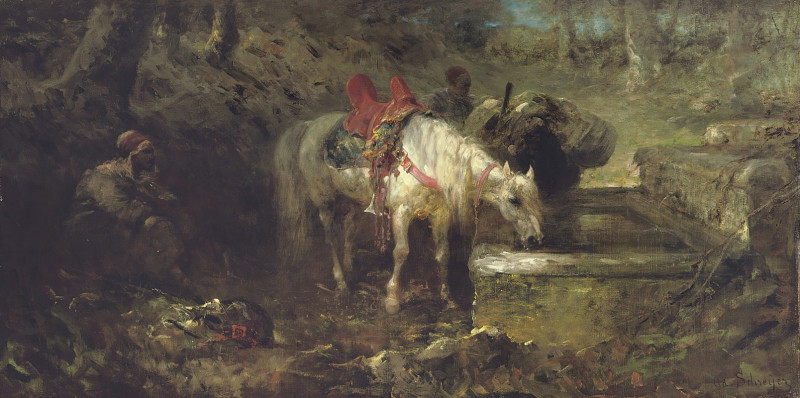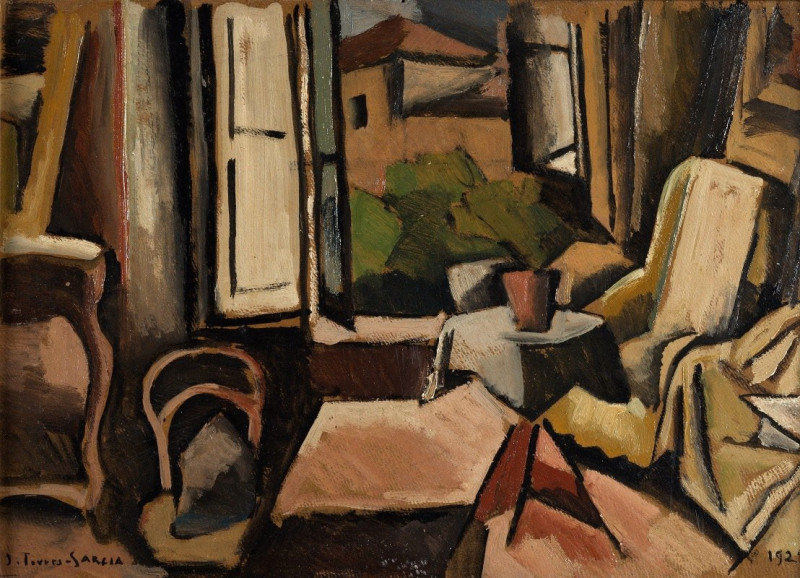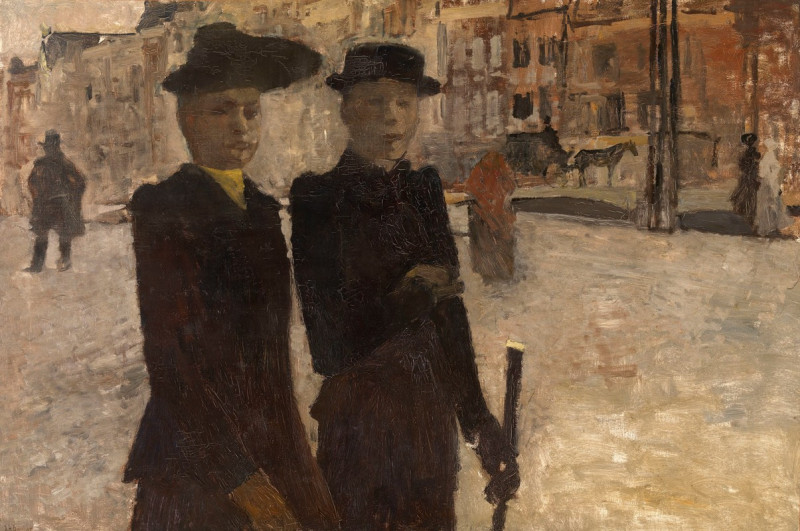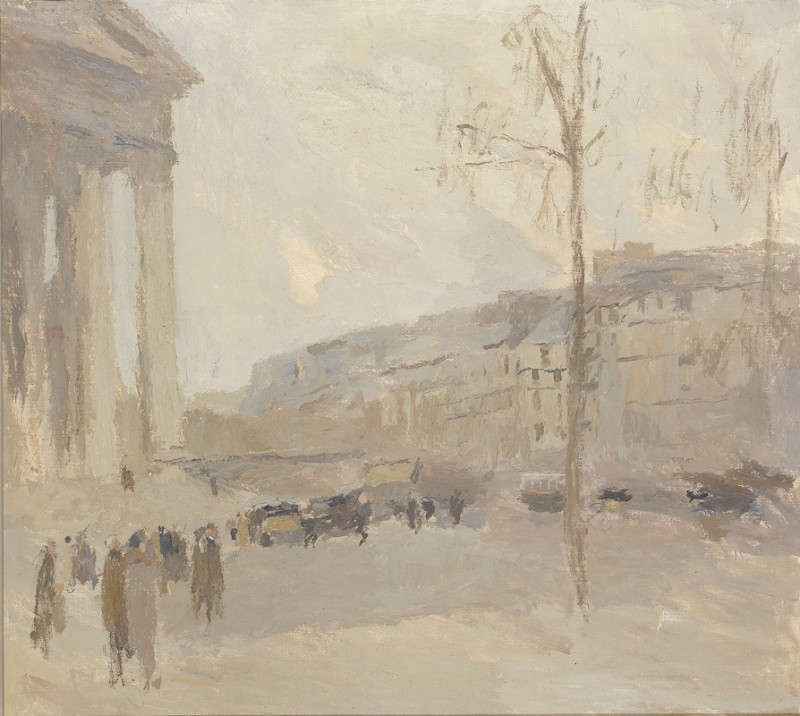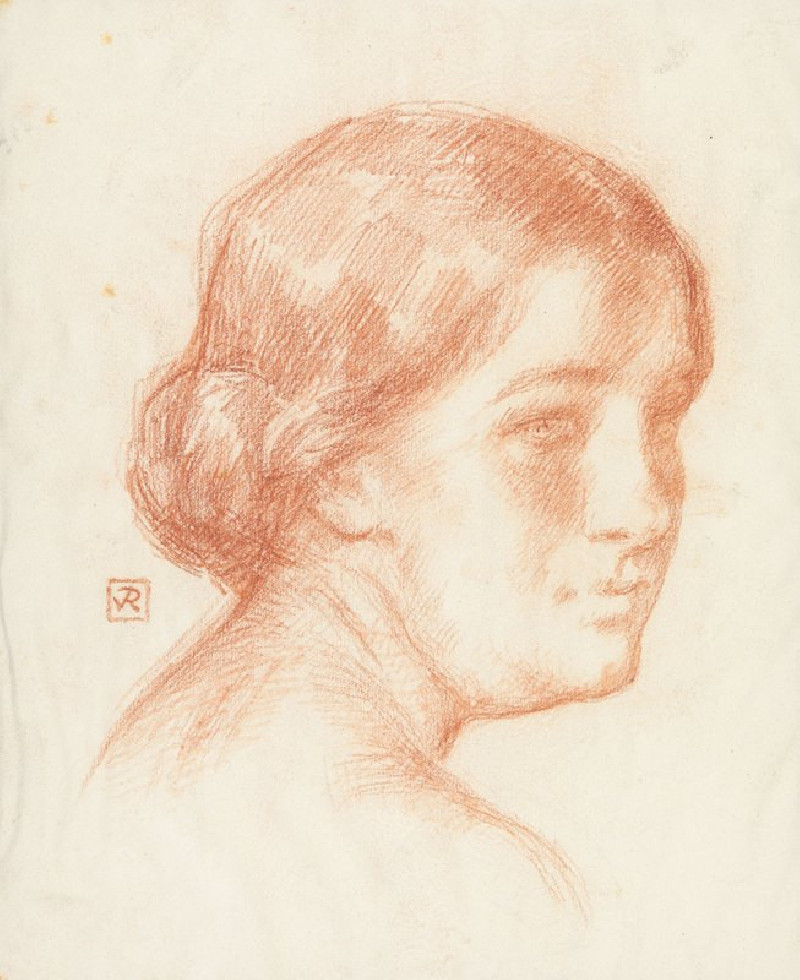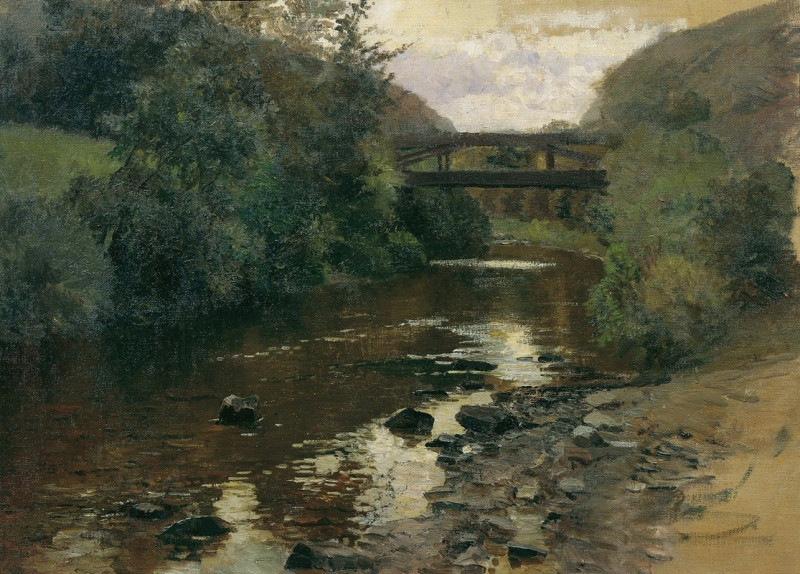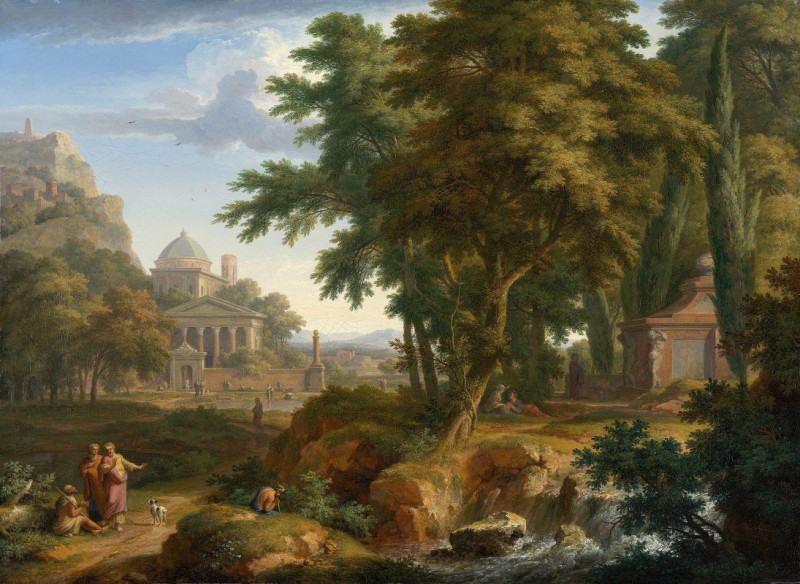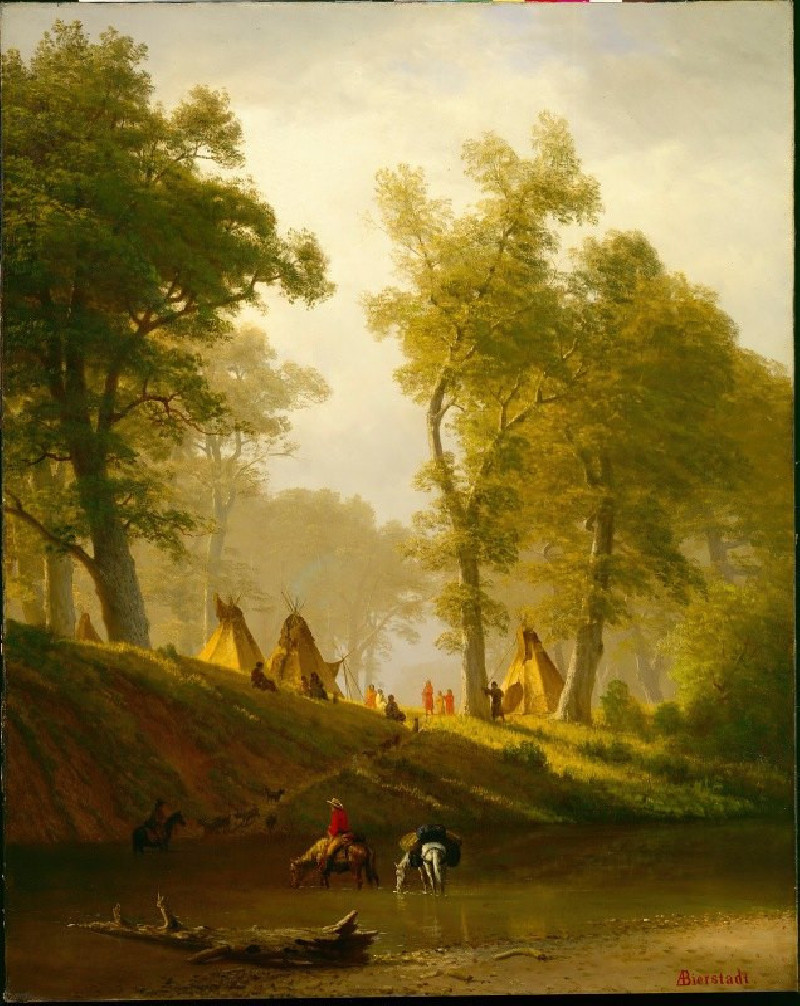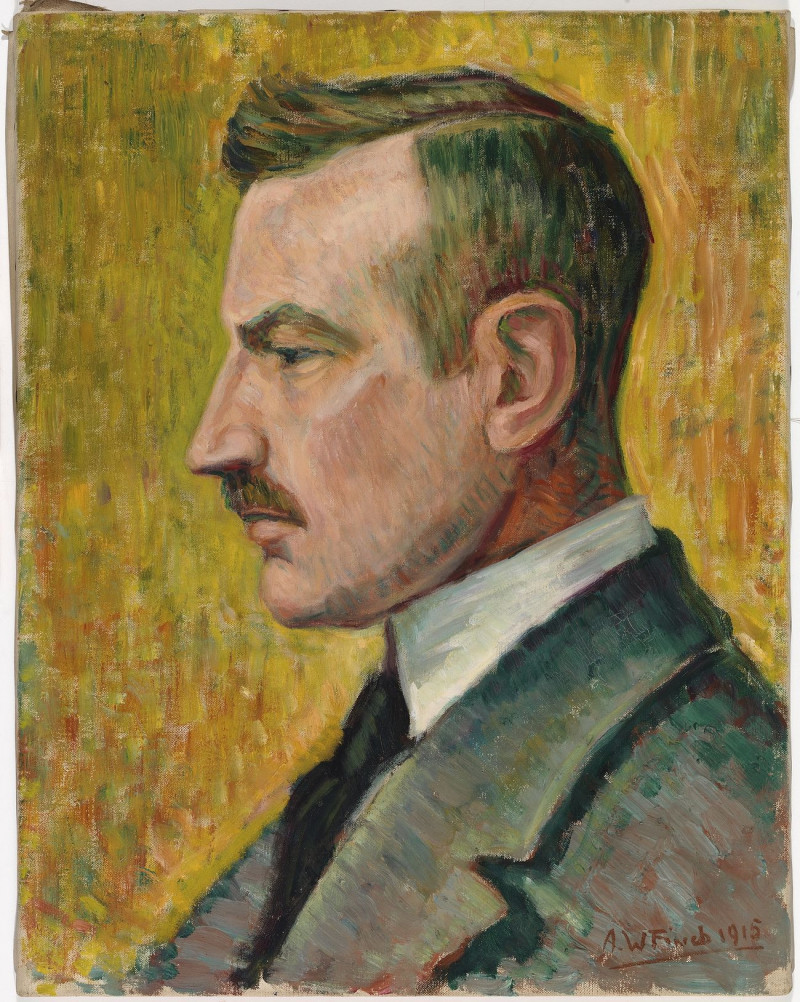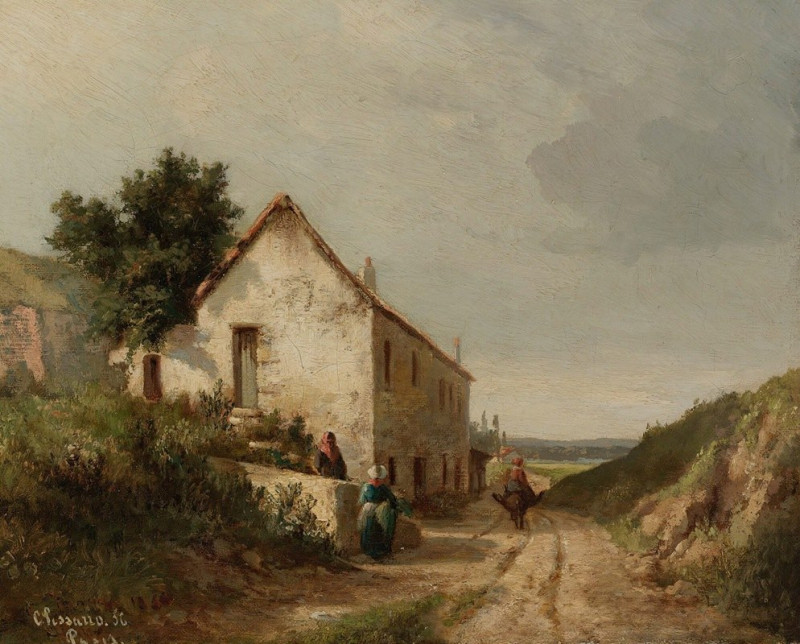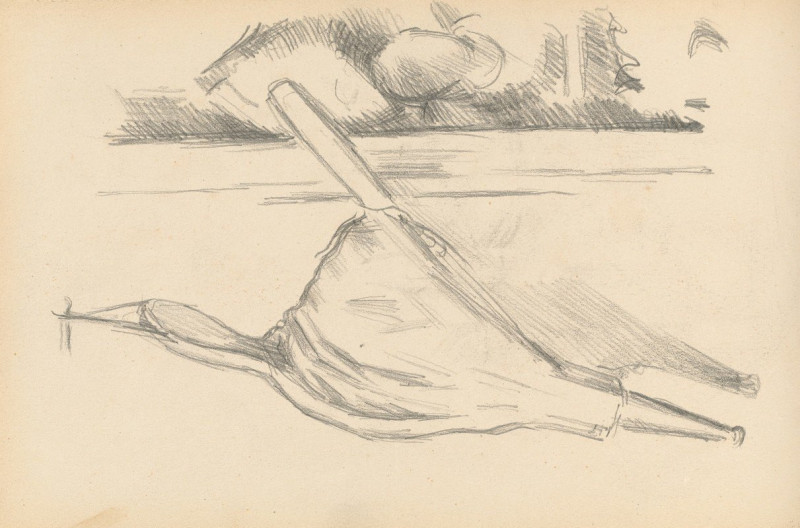Masked Ball At The Opera
Technique: Giclée quality print
Recommended by our customers
More about this artwork
"Masked Ball at the Opera" by Edouard Manet is a vibrant and visually captivating painting that captures the lively atmosphere of a masquerade ball. The scene is set in a grand, opulently decorated opera house, indicated by elements like the grand chandeliers and richly detailed balcony filled with spectators.The painting is bustling with a crowd of elegantly dressed figures, many of whom are wearing black suits and top hats, indicating the formality of the occasion. Central to the composition are figures in more colorful and whimsical costumes, like the man dressed as a clown in a bright green and red suit to the left and a woman in a traditional European folk costume with a white blouse and multicolored skirt. Most of the attendees wear masks, adding an air of mystery and intrigue to the scene.The use of thick, bold brushstrokes gives the painting a sense of movement and vibrancy, while the play of light and shadow helps create a rich depth, drawing the viewer’s eye across the various groups of individuals interacting and conversing. The color palette largely consists of dark tones, punctuated by splashes of brighter colors from the costumes and the golden glow of the chandeliers above.This painting not only provides a glimpse into the cultural life of 19th-century Paris but also showcases Manet’s skill in depicting complex social interactions and his ability to convey the atmosphere of a specific moment through his distinctive impressionistic style.
Delivery
Returns
Édouard Manet (1832–1883) was a French modernist painter and one of the first 19th century artists to paint modern life. His impressionist style is characterized by relatively small and thin brushstrokes that create emphasis on light depiction. Manet was one of the key artists in the transition from realism to impressionism, along with Claude Monet, Edgar Degas, and Pierre-Auguste Renoir. However, he resisted involvement in any one specific style of painting, and only presented his work to the Salon of Paris instead of impressionist exhibitions. His early masterworks, The Luncheon on the Grass and Olympia, created great controversy and served as a rallying point for other young painters.

































